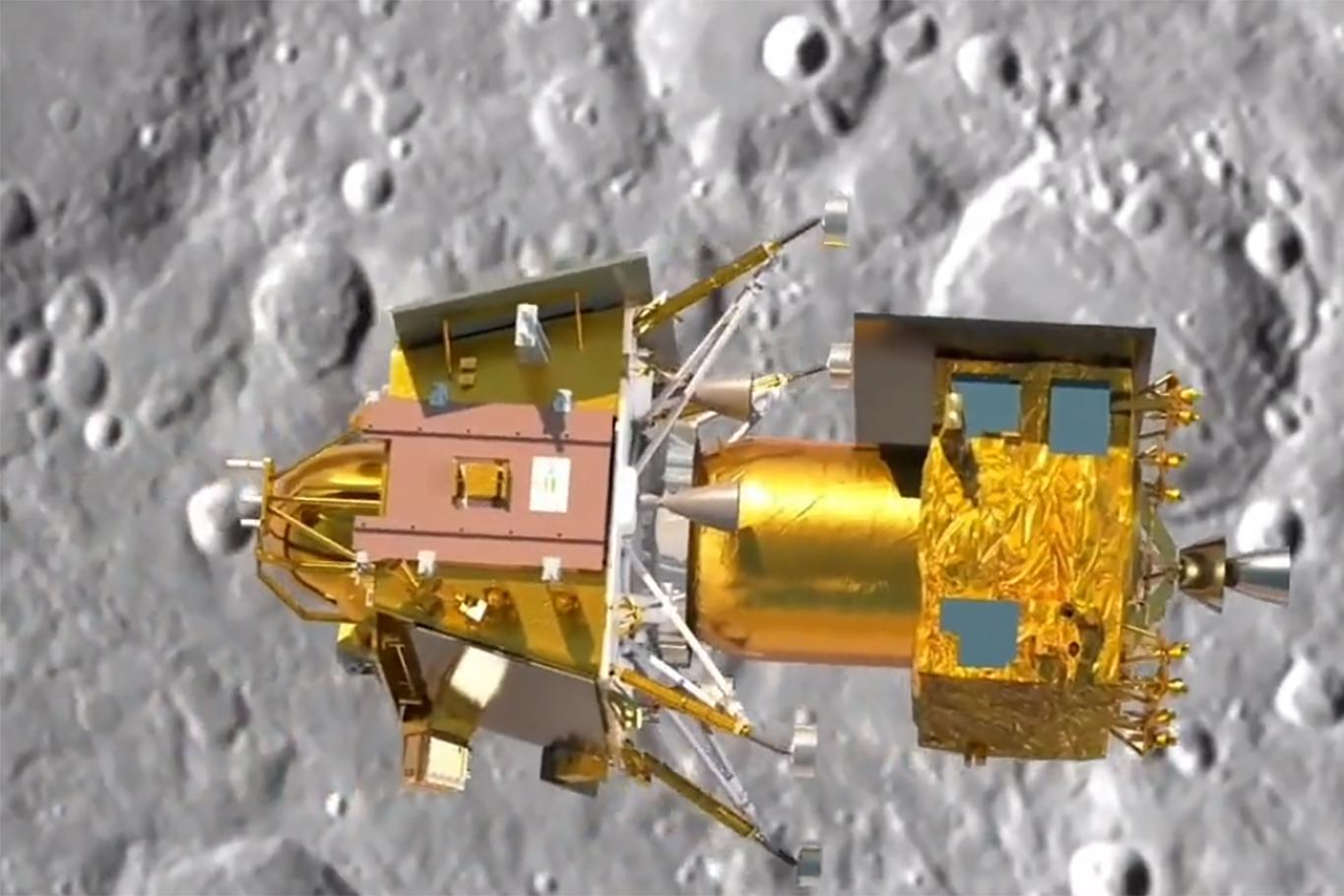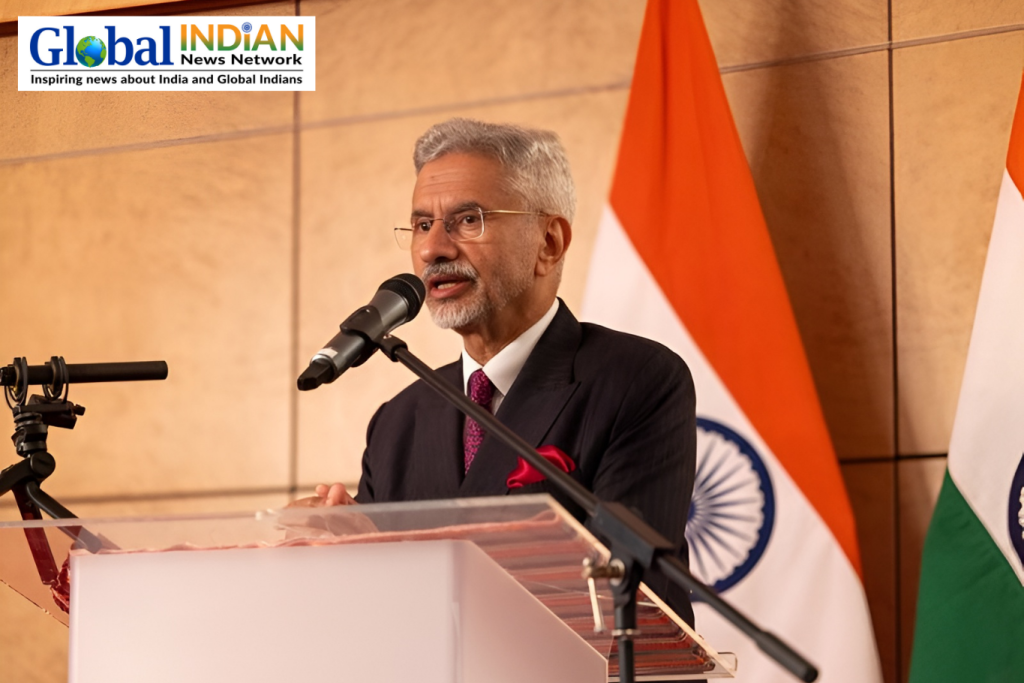 The spacecraft responsible for delivering the Chandrayaan-3 lander to the moon has successfully returned to Earth orbit, showcasing technologies crucial for a future Indian lunar sample return mission. The propulsion module, initially designed to move the lander to a low lunar orbit, performed maneuvers to bring it back to Earth orbit after the lander’s successful touchdown on the moon. The module, equipped with the SHAPE instrument, observed Earth while in orbit. ISRO’s decision to bring it back was driven by having excess propellant. The mission aims to derive insights for future lunar endeavors, including a potential sample return mission mentioned in ISRO discussions.
The spacecraft responsible for delivering the Chandrayaan-3 lander to the moon has successfully returned to Earth orbit, showcasing technologies crucial for a future Indian lunar sample return mission. The propulsion module, initially designed to move the lander to a low lunar orbit, performed maneuvers to bring it back to Earth orbit after the lander’s successful touchdown on the moon. The module, equipped with the SHAPE instrument, observed Earth while in orbit. ISRO’s decision to bring it back was driven by having excess propellant. The mission aims to derive insights for future lunar endeavors, including a potential sample return mission mentioned in ISRO discussions.
The Chandrayaan-3 propulsion module, part of ISRO’s efforts, transitioned from a low lunar orbit to a high Earth orbit, demonstrating mission operation strategies. The spacecraft’s maneuvers allowed SHAPE to continue observations closer to Earth, providing additional information for future lunar missions. ISRO, despite not formally announcing a lunar sample return mission, has indicated potential plans, with the next lunar mission being the Lunar Polar Exploration Mission (LUPEX), a collaboration with JAXA. Shri M. Sankaran, ISRO’s director, mentioned a tight timetable for lunar exploration during discussions at the AIAA’s ASCEND conference.
The propulsion module’s return to Earth orbit aligns with ISRO’s goal of advancing lunar exploration, possibly in parallel with LUPEX. The agency has faced a tight schedule, with aspirations for a lunar sample return within four years. The demonstration of technologies, including the lander’s engine reignition on the moon’s surface, contributes to the progress of future lunar and human missions.











1 Comment
This post really resonated with me. Keep up the good work.